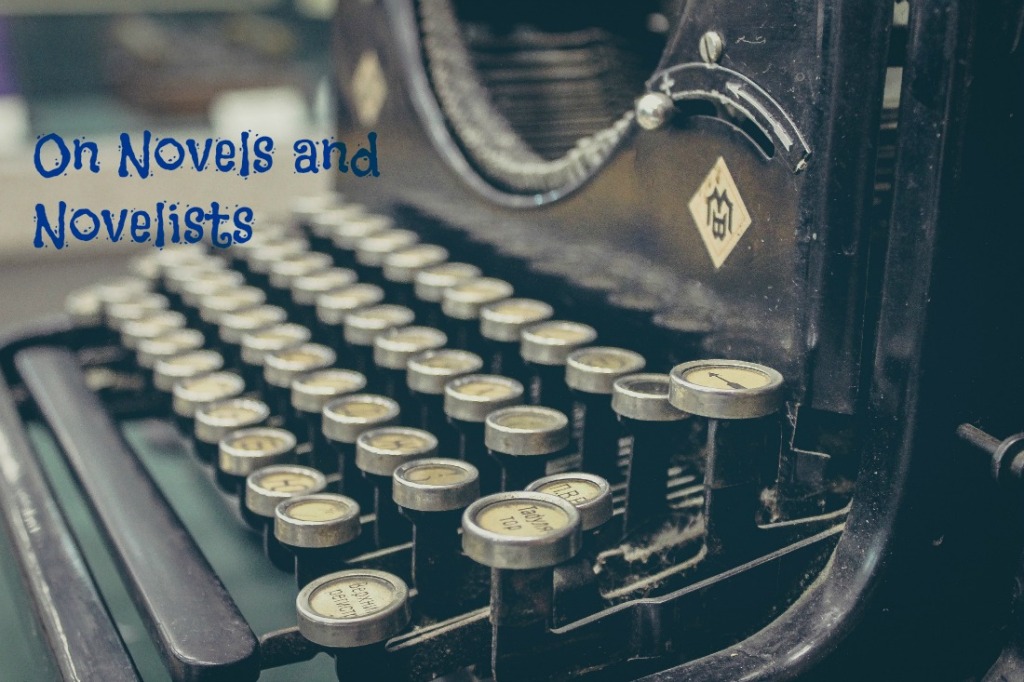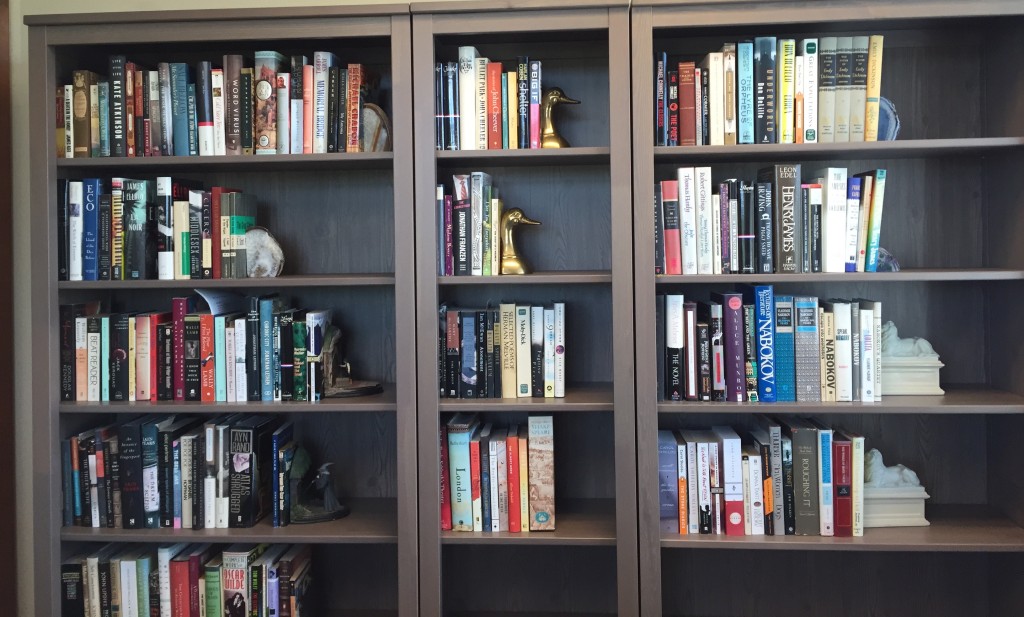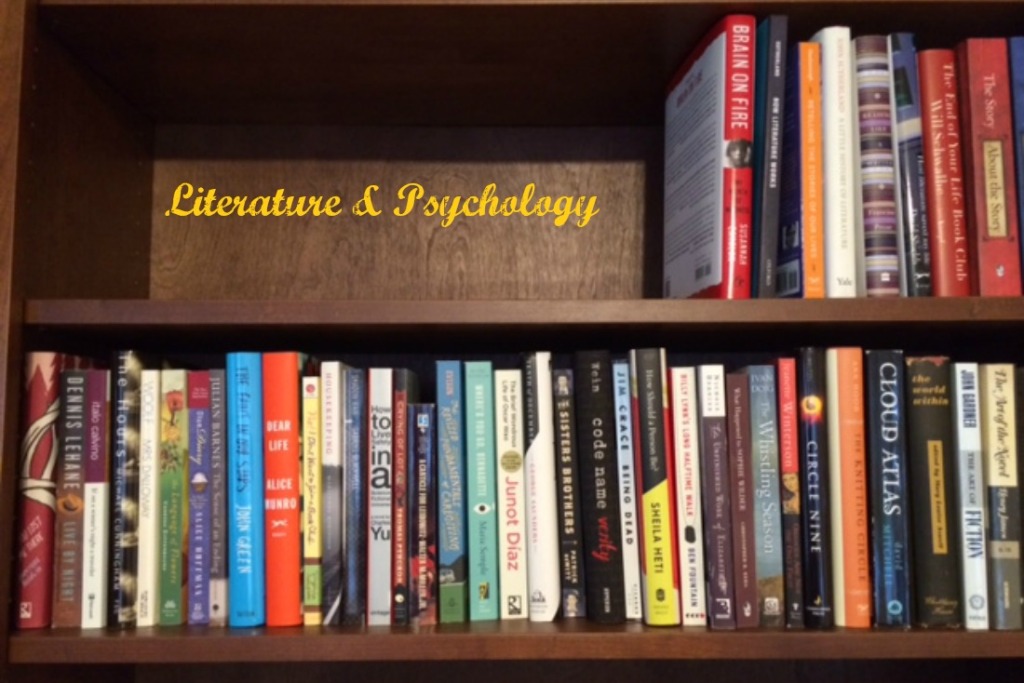On Novels and Novelists
10 Famous Authors’ Favorite TV Shows In an era when it’s impossible to open a web browser without stumbling across another “Is television the new novel?” piece, we couldn’t help but wonder, Carrie Bradshaw-style, just what our favorite writers watch in their spare time. See what shows the following authors like: Zadie Smith S.E. Hinton […]
On Novels and Novelists Read More »




